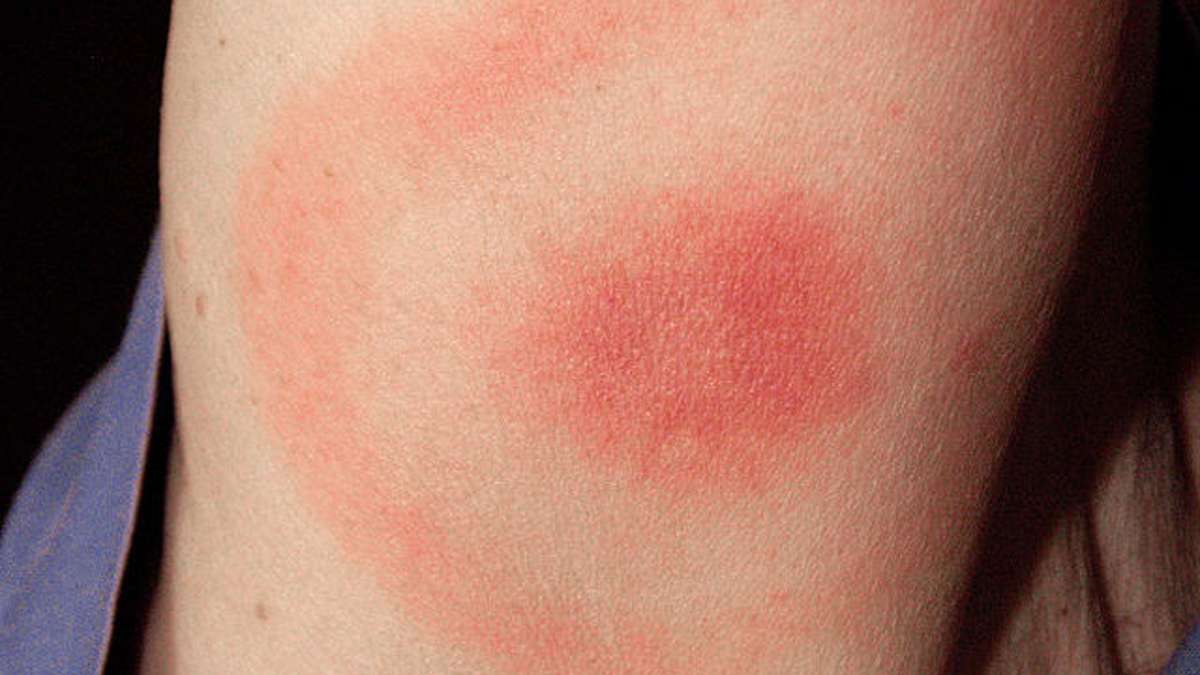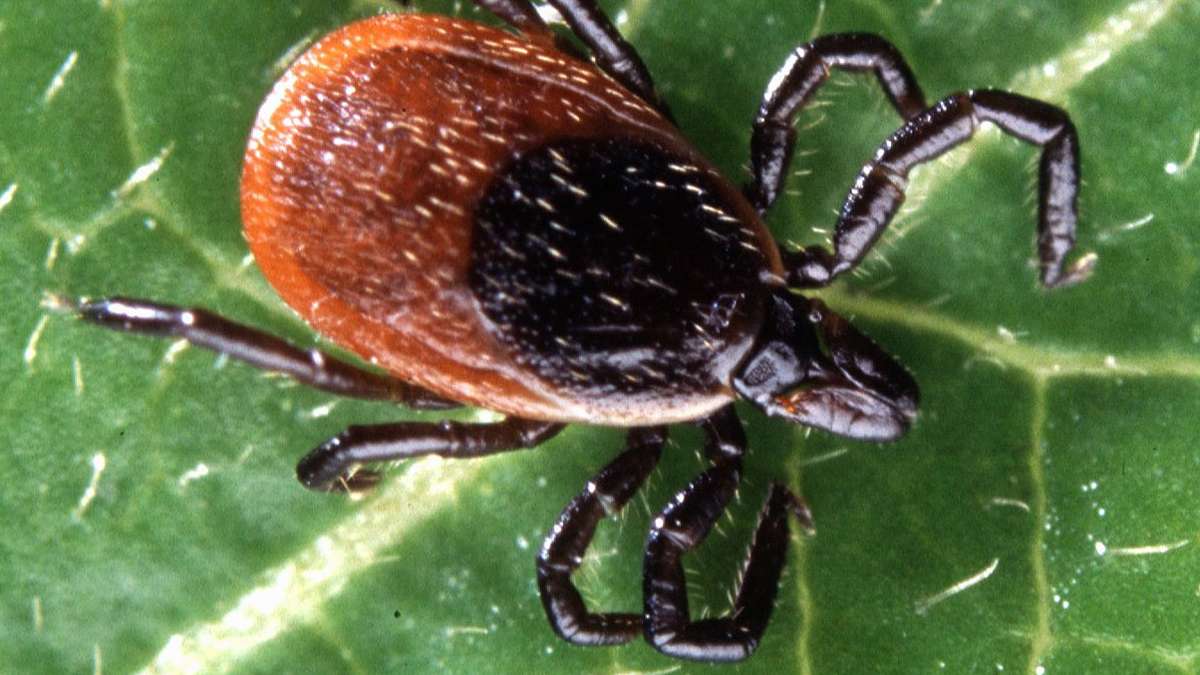Four decades after its discovery, Lyme disease still confounds doctors, patients
ListenHeated debate over Lyme disease is still going strong 40 years after the late Dr. Wilhelm Burgdorfer first identified the bacteria in Lyme, Connecticut.
For many, it begins with a stroll in the woods and a bite from a tiny, black-legged tick.
Lyme disease is a bacterial infection with symptoms including facial palsy, fever, headache and extreme fatigue. If it remains untreated, memory problems, cognitive impairment, skin rash, and agonizing joint pain may occur.
Treatment usually consists of a four-week regimen of antibiotics.
But for some people, those debilitating symptoms linger for six months or longer. Lyme sufferers may call it chronic Lyme disease. But The Centers for Disease Control and Prevention calls it Post-treatment Lyme Disease Syndrome.
By any name you give it, medical experts disagree about Lyme disease.
Neurologist John Halperin, from Overlook Medical Center in Summit, New Jersey, says evidence shows antibiotics cure essentially everyone infected with Lyme bacteria, even if a second round of antibiotics is needed.
“If, in the course of that infection, you had some destruction from the arthritis or some neurologic damage from whatever nerve, you may or may not recover completely from the tissue damage that resulted. But the infection we know can be eradicated in virtually everybody with antibiotics,” he says.
But Dr. Garth Ehrlich, a professor of microbiology and immunology at Drexel University, says Lyme bacteria form a defensive “biofilm” — a protective, antibiotic-resistant layer. As a result, the bacteria can survive, thwarting antibiotics and the body’s immune system.
“Antibiotics are designed to kill rapidly metabolizing, rapidly dividing bacteria. So most of the bacteria in a biofilm are not metabolizing nor rapidly dividing, and so that provides them with protection from the antibiotics,” says Ehrlich.
Not only that, Ehrlich says, a patient’s immune system may be unable to create enough antibodies to resist some particular strains of Lyme bacteria, and that can lead to chronic symptoms.
Some strains also befuddle the standard test doctors use to detect Lyme. And there’s another complication. Ticks can transmit multiple infections, so someone could contract other bacterial infections as well as Lyme, says Ehrlich.
“So some patients really have chronic Lyme, some probably have polymicrobial infections. They’re infected with multiple agents, and there are other people who think they have chronic Lyme who don’t have an infection at all,” Ehrlich says. “There’s a very wide range of what’s going on.”
Halperin says Lyme patients may also associate lots of future troubles with the illness. They make an all-too-human association with symptoms after they’ve been treated. What’s more, he says, symptoms for one patient may not be a case of chronic Lyme in another.
“If another patient who has the same facial nerve palsy, and they recover from that, and six months later they’re feeling achy and punky and they’re tired and having trouble functioning regardless of what their blood test says, they say, ‘Well, I had Lyme disease six months ago. I had the infection. I have these symptoms now, so therefore these symptoms are related to the Lyme disease regardless of what any blood test shows,'” he says.
Besides extracting a high cost on health, Lyme costs the U.S. health care system plenty. Treatment for chronic Lyme disease costs $1.3 billion a year — an average of $3,000 per patient, according to a study released in February by the Johns Hopkins Bloomberg School of Public Health.
Those costs are far higher than what it takes to treat a typical Lyme case, a trip to your primary care doctor, and a round of antibiotics.
WHYY is your source for fact-based, in-depth journalism and information. As a nonprofit organization, we rely on financial support from readers like you. Please give today.




